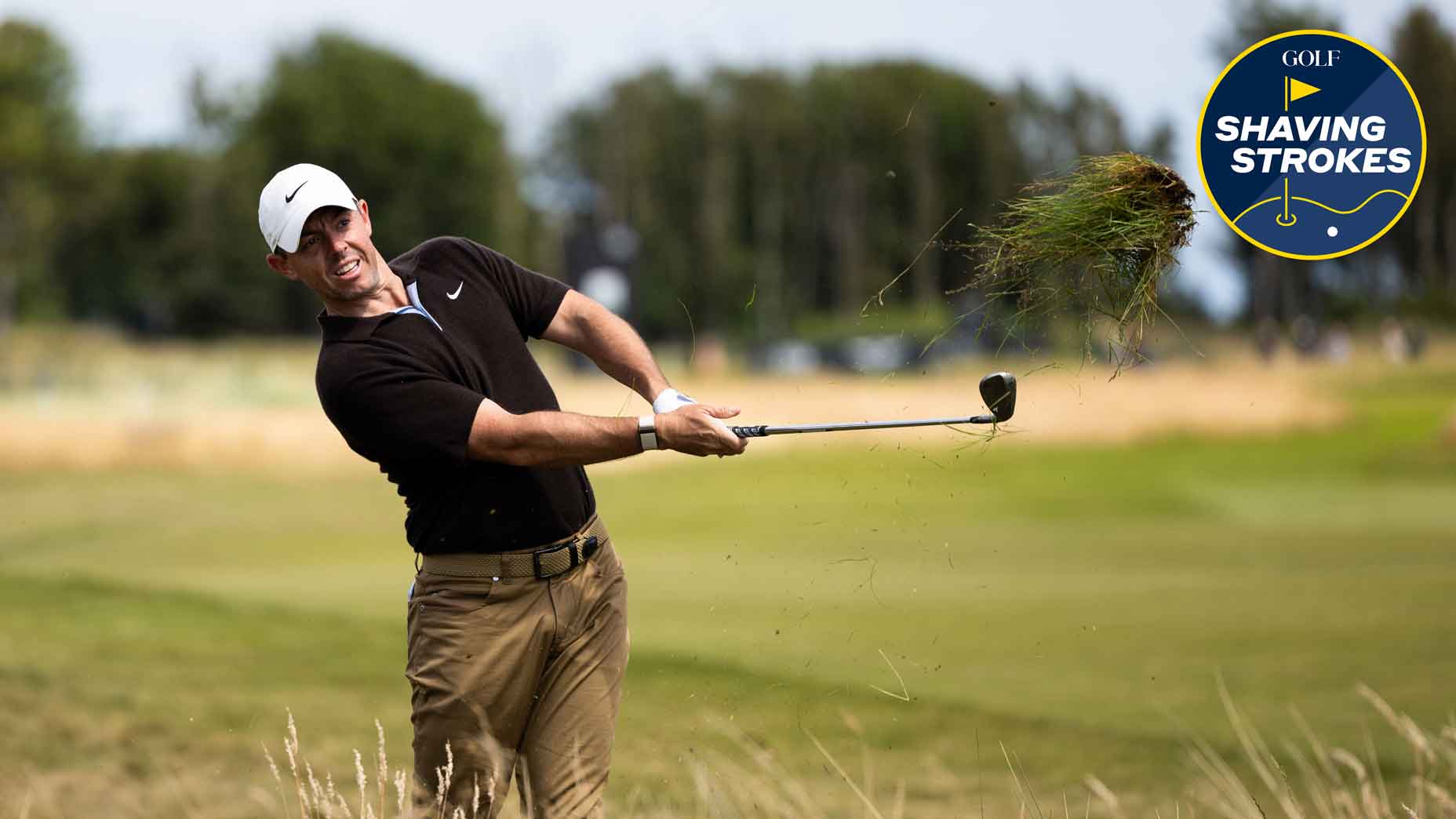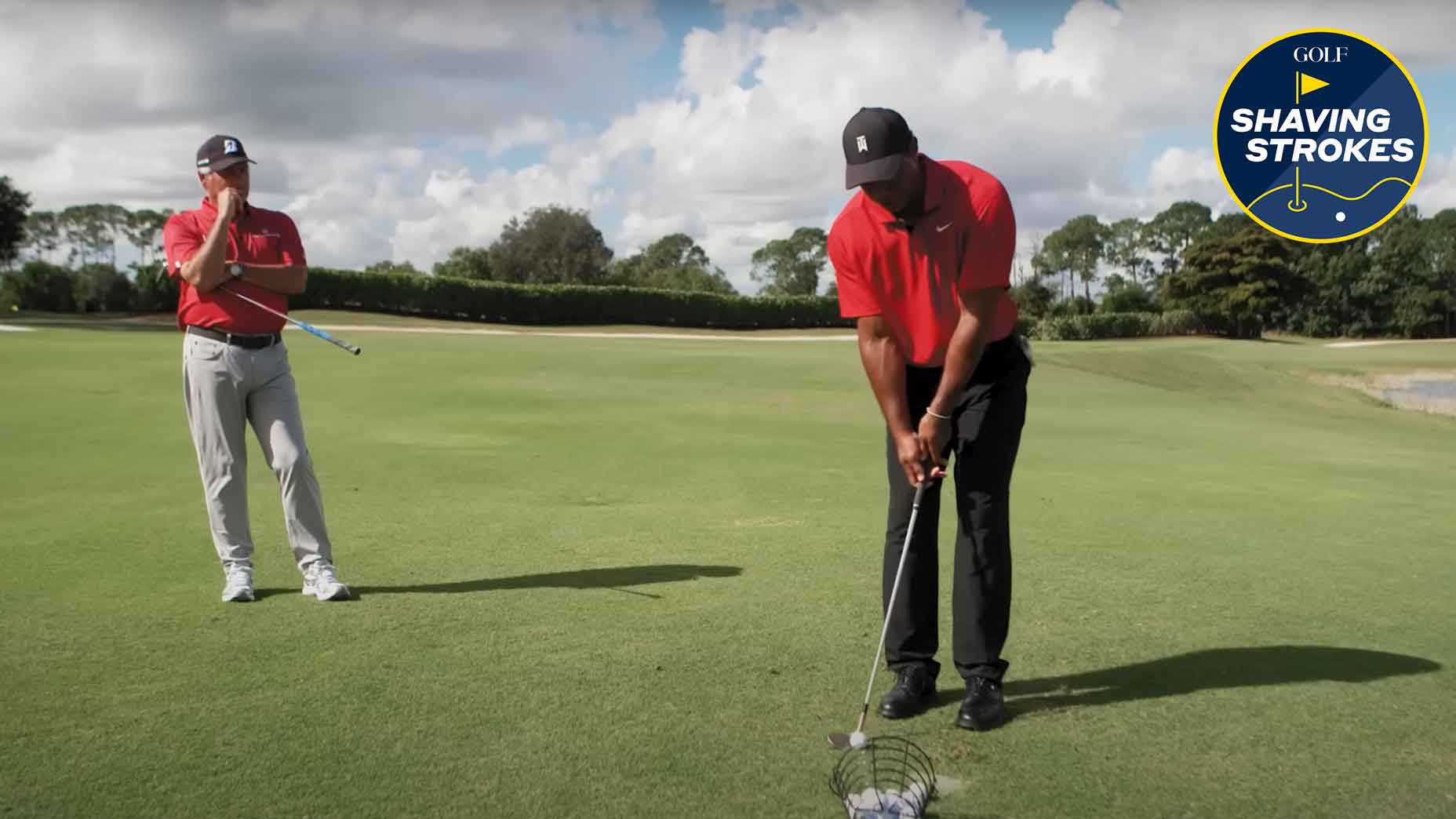 Practicing on range mats? Here are the benefits and drawbacks
Practicing on range mats? Here are the benefits and drawbacks
4 keys to scoring well when playing at extreme elevation

Every February, the best golfers in the world make the climb to Golf Club de Chapultepec for the WGC-Mexico Championship. For these globe-trotting athletes, going to another country is old hat. But going to another altitude? That’s a much tougher challenge. Golf Club de Chapultepec rises to a lofty elevation of 7,835 feet, the highest ever for a PGA Tour venue. What can you learn for your next tee time above the tree line?
1. Do some math.
Titleist conducted a study that determined golf balls travel roughly 1.2 percent farther for every 1,000-foot elevation gain. That means at 5,000 feet (think Denver, Colo., or Reno, Nev.), your ball will carry about 6 percent farther—a 200-yard carry will soar 212 instead. These numbers will vary for everyone, but they’re a good place to start.
2. Hit it straight.
At 5,000 feet, air density is 14 percent lower than at sea level, and less dense air exerts less force on the ball. What does that mean for you? A 14 percent straighter ballflight! That’s good news in general, but shot-shapers beware.
ADVERTISEMENT
3. Trajectory matters.
If you want to max out the effects of high altitude, hit it higher. You’ll naturally see a flatter profile on long shots, too, which means a shallower landing profile on long shots and more rollout as a result. That can mean more total distance, too.
4. Hit your wedges low.
A full-throttle wedge can be particularly tricky because if you launch it high, it’ll fly forever. Try flighting wedges down for better distance control and more familiar carry numbers.
To receive GOLF’s all-new newsletters, subscribe for free here.
ADVERTISEMENT







